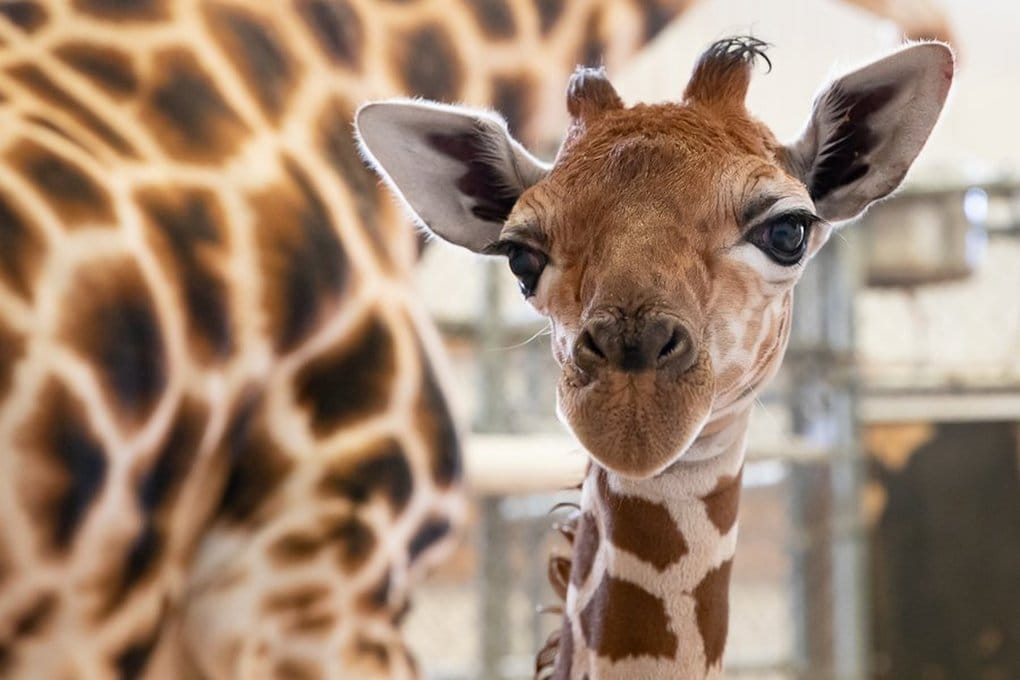The Woodland Park Zoo’s newest baby giraffe entered the world with a thud Thursday morning, dropping 5 feet to the ground from 12-year-old Olivia just before 5 a.m.
Giraffes give birth while standing, and the baby was on his feet within an hour, lead keeper Katie Ahl said in a news release. He’s already nursing but isn’t yet walking normally on his rear legs.
“The first 24 to 72 hours are critical for newborn giraffes,” Ahl said. “A healthy infant should begin nursing shortly after birth and be able to run around with its mom several hours later. Olivia is an experienced mother and she’s showing good maternal behavior for her second baby.”
The calf’s rear legs should gain strength as the baby walks around more, associate veterinarian Dr. Tim Storms said. The zoo will wrap the legs to stabilize them if necessary.
The zoo will hold a community contest to name the calf and will also launch a live-cam on its website. Olivia and the calf are in the private giraffe barn to allow time for maternal bonding, but they’re expected to enter the public outdoor corral in the next few days.
The zoo didn’t specify the calf’s birth height, but giraffes are typically 6 feet tall at birth, and their height nearly doubles in their first year of life. The zoo’s last baby giraffe was born in June 2017 to Olivia’s younger sister, Tufani. Olivia gave birth to a calf in 2013 with a different mate.
Olivia and the calf’s father, 6-year-old Dave, were paired at the zoo under the recommendation of the Giraffe Species Survival Plan, a conservation program across zoos to ensure a healthy population of giraffes in captivity.
The giraffe population in Africa has declined by about 40 percent in the past three decades, largely because of habitat loss, civil unrest and poaching, according to the International Union for the Conservation of Nature. The group added giraffes to its “Red List” in 2016, designating that the species is vulnerable to extinction.
As of last month, the U.S. Fish and Wildlife Service was in the midst of a review process that could lead to restrictions on importing hunting trophies and body parts from giraffes, including their hides and bones. Giraffes aren’t included in the 2015 Washington Animal Trafficking Act, which made it illegal to distribute or trade parts of 10 vulnerable or endangered species, including elephants, rhinoceroses and tigers.
“Baby giraffes have a magical way of touching the hearts and minds of people, no matter how old you are,” Woodland Park Zoo mammal curator Martin Ramirez said. “We hope everyone connects again with this new baby and comes to care about saving giraffes in their natural ranges in Africa.”
Taylor Blatchford: 206-464-2280 or tblatchford@seattletimes.com; on Twitter: @blatchfordtr.
——
(C)2019 The Seattle Times
Visit The Seattle Times at www.seattletimes.com
Distributed by Tribune Content Agency, LLC.



